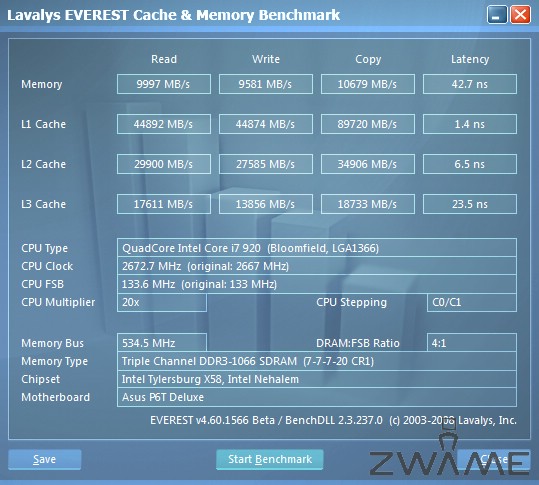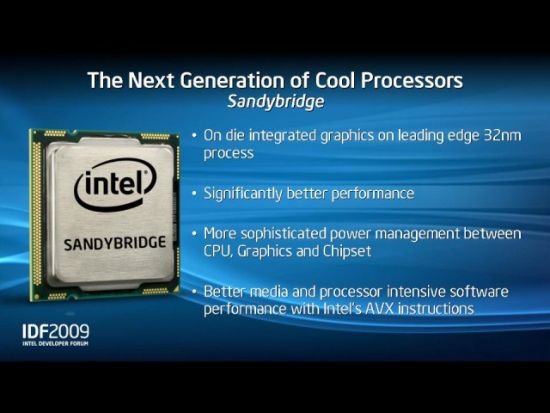Nemesis11
Power Member

While we can not reveal to you some details of the architecture in the heart of Sandy Bridge, a few remain unknown. First, the Socket. According to the noises heard in corridors at a manufacturer of motherboard, the CPU should resume Socket 1156 of Clarkdale (generation "Westmere" above) but require a new chipset. Then, the performance of the integrated circuit graphics are all subject to speculation. We already know that the IGP Sandy Bridge will always be based on GMA and not on any variation of Larabee. With a frequency of approximately 1.2 GHz, this heart intended to be compatible with DirectX 11, should not be ridiculous but be a lightning war. Finally, the number of PCI Express link is still unknown. According to the first draft of the datasheet, this heart contain 20 lines PCI Express 2.0 (16x + 4x), but the information could not be confirmed ...
http://www.canardpc.com/news-37333-...en_photo_le_futur_sandy_bridge_d___intel.html
Apesar de ainda ser só um die shot é interessante ver integrado no cpu:
- Northbridge
- Gpu, baseado no GMA
- Links Pci-Express
- Ring bus para aceder à L3, que não é só acedido pelos cpu, mas também pelo gpu.
- AES e AVX instructions.
Este deve ser a versão mainstream.Devem existir várias variações para diferentes mercados.








